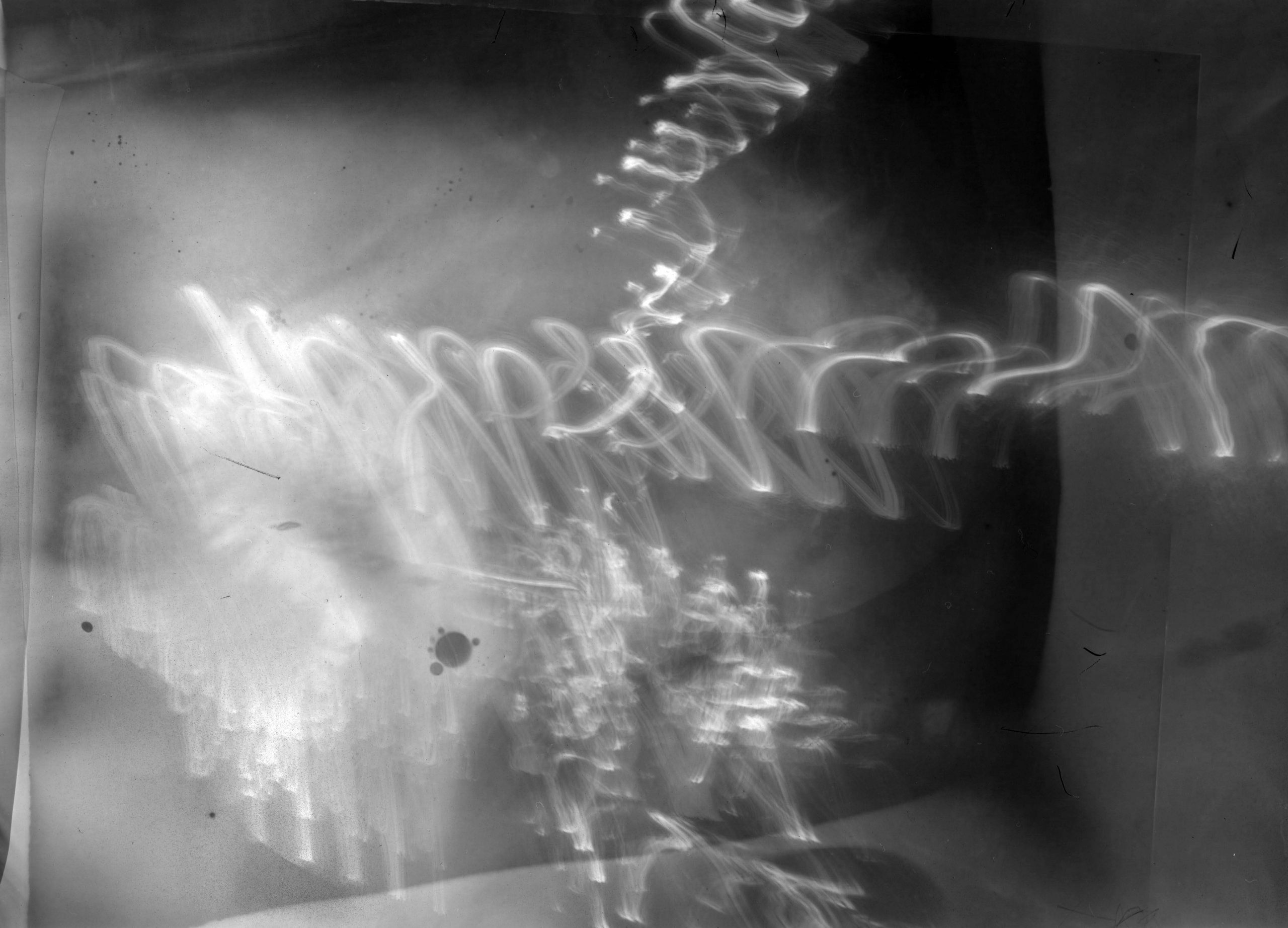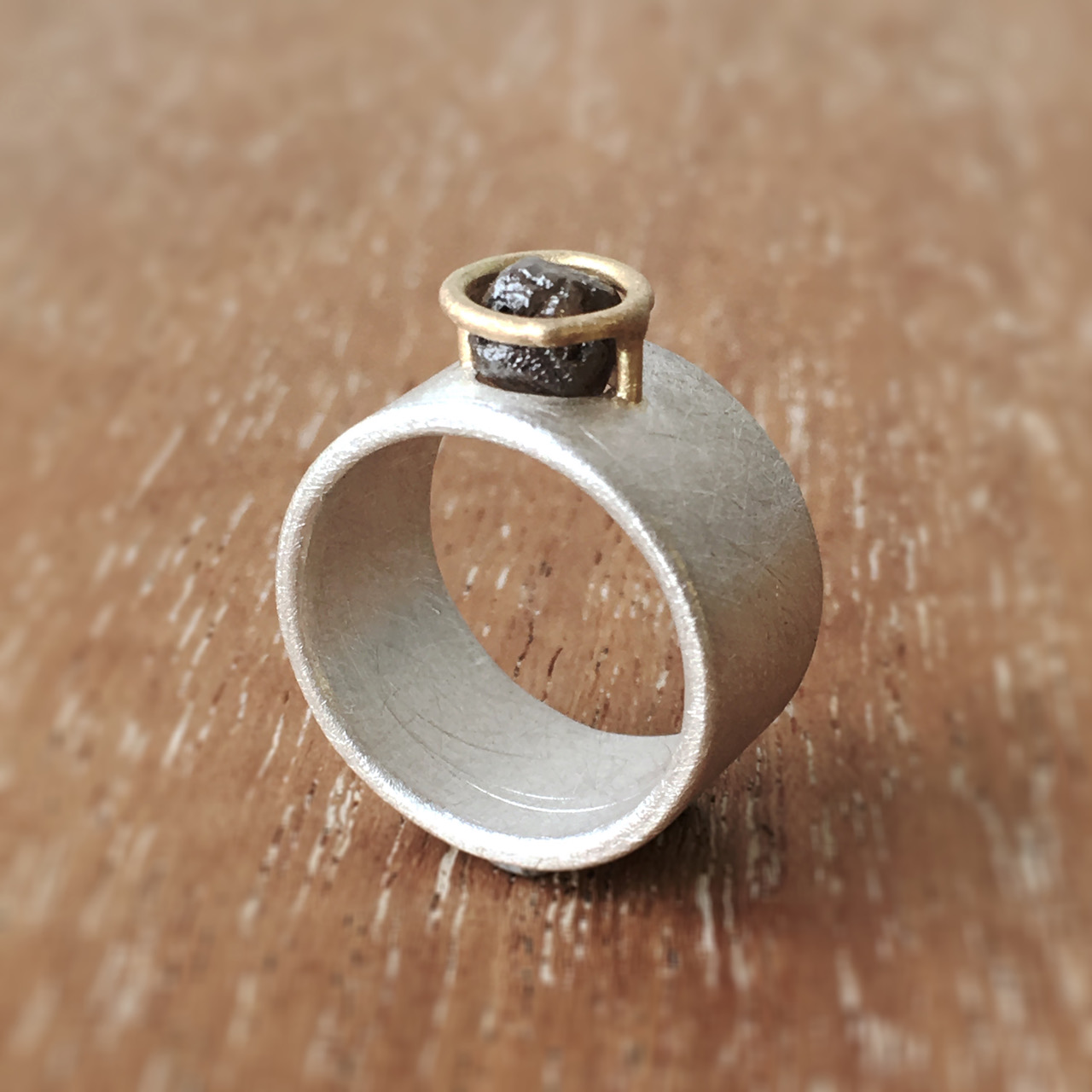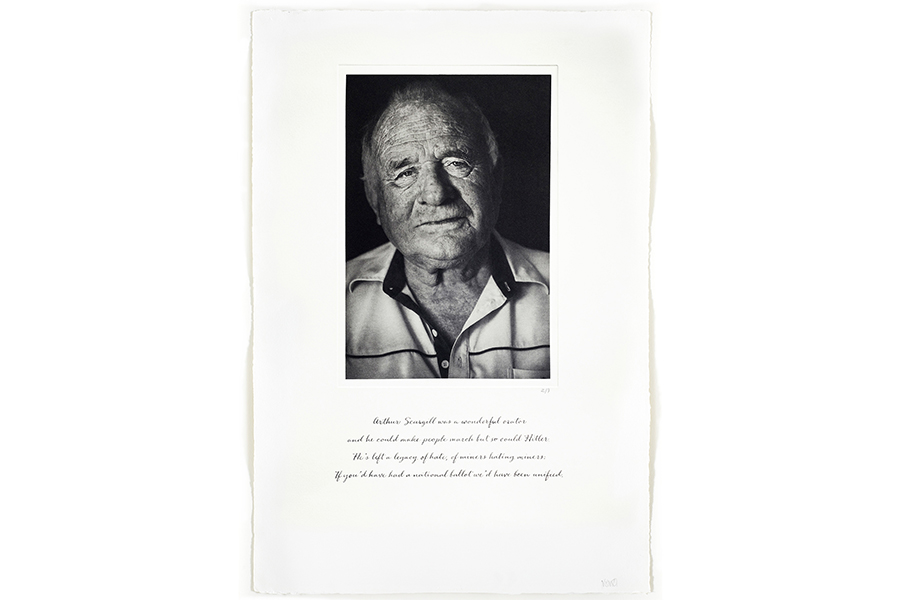
LCN Story: Artist Melanie King
In correlation with the SPACE / LCN Showcase, Melanie King will be hosting an
PULSAR VISUALISATION TALK
Fri Jan 20, 6-8pm
SPACE Mare Street
FREE
Melanie King’s research focuses on the construction of celestographs, on the epistemic and phenomenological implications of celestography, as well as how it is possible to physically grasp and transform light and matter originating from outside of Earth.
What new medium or project are you introducing to your practice and why have you chosen it?
For the London Creative Networks programme at SPACE I proposed to develop an audio visualisation project I called “Pulsar Oscillograph”. I obtained audio pulsar data from artist and former astronomer Steve Aishman, and my aim was to visualise these “sounds” using light.
I was inspired by the idea of bringing something that is often found beyond the visible spectrum of light, and converting it into a light installation.
For the past few years, I have been focusing mainly on analogue photographic processes but I wanted to use the opportunity at SPACE to try out technological processes. I had recently learned how to solder again in order to put together an atari punk synthesiser and really enjoyed the process. During the time on the LCN programme, I have developed the Pulsar Oscillograph into a working installation, where the pulsar audio interpretations are played through a speaker. A laser is pointed at a mirror attached to the speaker, which then projects harmonographic drawings onto phosphorescent paper. I couldn’t resist bringing analogue photography processes back into the project, so I have also “caught” the harmonographic drawings onto photosensitive paper.
I am in the process of developing the installation to a point where the installation can be transported easily, and I plan to use laser cutting and 3D building techniques to achieve this. I am passionate about keeping techniques and processes as accessible as possible, in all areas of my work, so the finished design will consider this.
What was the main motivation behind your application to the LCN programme?
I participated in a LCN programme at Four Corners Film, which led me to develop a photographic project on how the materiality of analogue photography processes can affect our reading of an image. I used NASA images and printed these as photopolymer photogravure. I found the workshops extremely useful, and met a lot of interesting people on the programme.
When I saw the LCN programme advertised, I wanted to apply as SPACE has a wonderful reputation for demonstrating how technological processes can be used in contemporary art. I craved mentorship from people who not only know about science and technology, but also how to present it in a way that is interesting and dynamic.
I also wanted to share ideas with a big group of artists! I have found it very inspiring to meet regularly with people working in a wide variety of fields, trying out new techniques.
What is the most useful advice or tips you’ve been given on the programme so far?
Even though I came in with a particular project in mind, I have been encouraged to see how the project fits into my practice as a whole. For example, I do a lot of participatory projects and curating, and through 1-2-1 sessions I have realised the importance of why I do these things. In my arts practice, I demonstrate how it is possible to “interact” or “come into contact” with celestial objects – whether that is through analogue photographs of stars, etchings with meteorite prints or installations with pulsar data. In curating, I do this as well – through organising accessible arts-based events that encourage people to look through telescopes and visit dark sky areas.
I have also received a lot of practical advice in terms of building as well as documenting my installation.
What plans do you have after participating with LCN?
The “Pulsar Oscillograph” project forms part of the part-time practice based PhD I am undertaking at the Royal College of Art, so I will be continuing to experiment with what I call “celestographs”. I am using the etymological structure of the word “photograph” (light writing) to describe images or recordings that are caused by something outside of Earth’s atmosphere. “Celestograph” roughly translates to “drawing from the heavens”.
I also plan to develop the installation to visualise data from a dark matter laboratory for the Laboratory of Dark Matters exhibition at Guest Projects in April 2017. This time the data has been given to me as a text file, so I will be converting this to audio myself.
I am also planning for my first ever solo show in London, which is planned for January 2018.





